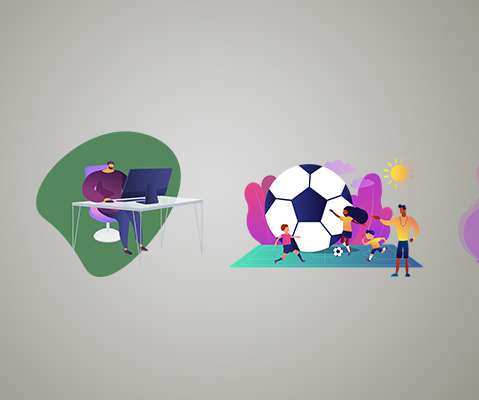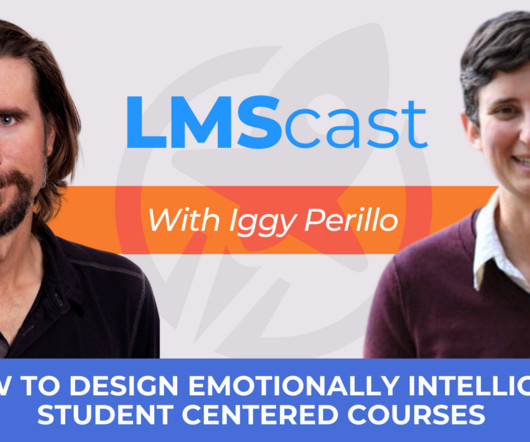Presence Pedagogy: Needs Some More Dimensions
Kapp Notes
OCTOBER 27, 2010
The other day, I discovered an interesting article, Presence Pedagogy: Teaching and Learning in a 3D Virtual Immersive World , which describes an educational approach for conducting a learning event in a virtual immersive environment. Flying around in VirtualU: Sense of space is important in virtual learning environments.







































Let's personalize your content